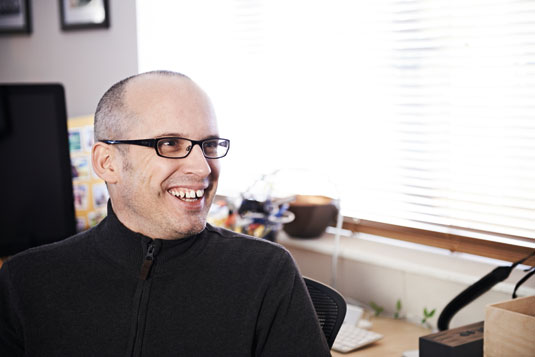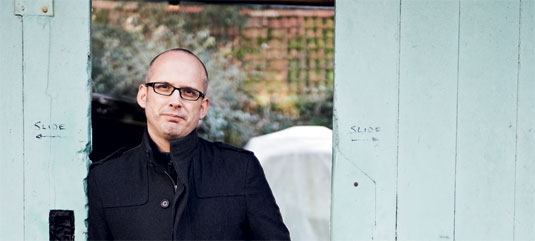How to get respect as an in-house design team
Your web team can achieve more and feel valued as a cost centre, explains Paul Boag.
When you read about in-house teams, they always seem to work for some trendy web startup backed by venture capital. In reality, few in-house web teams are like this.
They are under- resourced, under-appreciated and overworked. If this sounds familiar, then you may want to suggest becoming a cost centre.
Becoming a cost centre
The idea of becoming a cost centre is simple: your web team operates as an independent agency within your business. If a department wants you to do some work, it pays for your time out of its budget.
The root of the problems experienced by in-house web teams is that they are under-valued. By attributing a monetary value to your work, you change the way your team operates within your company. As a result, you will see a reduction in trivial work.
Free up time for bigger projects
This will free up some of your time for some strategic thinking. You can now undertake the kind of work that often gets ignored by other departments.
You will be able to set the rate you charge other departments. The 'profits' you make from commissioned projects will cover this vital strategic work. This can also be used to cover the cost of providing your staff with the training they need. You may even make enough to recruit more staff.

Most importantly, becoming a cost centre will help change the way others perceive your team. You will be seen as more valuable, allowing you to stop being an 'implementor' , and start becoming a partner.
Daily design news, reviews, how-tos and more, as picked by the editors.
The business case
Many management teams perceive web teams as a necessary evil. It is a cost that they know they must bear, but they do not understand the benefits it brings. Moving to a cost centre model gives them a clearer picture of where their money goes.
It also focuses the entire organisation on ensuring there is a return on any investment. Suddenly, departments have to justify their expenditure on digital.
Get the best from the team
It also ensures the organisation gets the best value for money, because market forces come into play. Your in-house web team is in competition with external agencies and can be compared on a level playing field. This ensures that they offer the very best service possible.

If your management team still isn't convinced, that doesn't mean you should totally give up on the idea. It is possible to reap many of the benefits of being a cost centre without actually being one.
The alternative
If being a cost centre is just out of the question, consider behaving like one. There is nothing to stop you calculating a cost per person, per hour for your team.
Include salary, overheads and time for things like training and strategy work. The figure does not need to be 100 per cent accurate – it is more a guide than anything else.
Now when new work comes in from another department, you cost that work. You explain you have started tracking effort for senior management. You give them the 'price' to the organisation and get them to sign off against it.
Justify company expenditures
This will give them pause for thought. If they know senior management are going to see the effort, they will feel the need to justify it. At the end of the project, provide them with the final total and also send this to management.

For smaller pieces of ongoing work, provide a monthly running total. The idea is to shine a light on inefficiencies and those who waste your time.
A word of warning
Becoming a cost centre is not a magic solution. It has its challenges and won't change your organisation's culture overnight. But it can help and it is definitely something worth considering – it enforces a degree of professionalism that is often lacking between internal departments.
Words: Paul Boag
Paul is a digital consultant, author and speaker who helps organisations such as the BBC adapt to the new digital world (boagworld.com) This article first appeared in net magazine issue 266.
Liked this? Read these!

The Creative Bloq team is made up of a group of art and design enthusiasts, and has changed and evolved since Creative Bloq began back in 2012. The current website team consists of eight full-time members of staff: Editor Georgia Coggan, Deputy Editor Rosie Hilder, Ecommerce Editor Beren Neale, Senior News Editor Daniel Piper, Editor, Digital Art and 3D Ian Dean, Tech Reviews Editor Erlingur Einarsson, Ecommerce Writer Beth Nicholls and Staff Writer Natalie Fear, as well as a roster of freelancers from around the world. The ImagineFX magazine team also pitch in, ensuring that content from leading digital art publication ImagineFX is represented on Creative Bloq.
